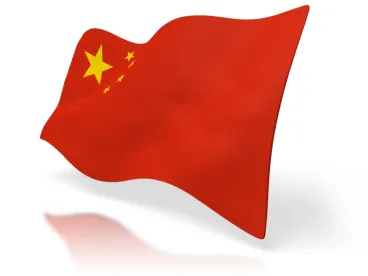In case no. (2021)最高法知行终93号 recently highlighted by the Supreme People’s Court (SPC) of China in their WeChat account, the SPC held that in administrative litigation against the China National Intellectual Property Administration (CNIPA) for a patent invalidation decision the lower court can consider new evidence introduced by the patentee. However, petitioners seeking invalidation generally cannot submit new evidence during litigation.

Patent at issue.
Sichuan New Green Pharmaceutical Technology Development Co., Ltd.’s patent ZL03135523.4 entitled “Medicine automatic packaging and metering device” was granted on September 13, 2006. Yifang Pharmaceutical Company filed a request for invalidation with the CNIPA on May 23, 2019, arguing that the patent is not inventive. On March 23, 2020, the State Intellectual Property Office made a decision to be sued, deeming that the claims 1-9 of the patent were not inventive, and declared that the patent rights were all invalid. New Green Pharmaceutical then filed an administrative litigation with the Beijing Intellectual Property Court seeking to overturn the invalidation decision.
During the first instance proceedings, New Green Pharmaceutical submitted seven pieces of evidence in two phases, including relevant reference books, videos, etc. Both the CNIPA and Yifang Pharmaceutical Company argued that the above evidence should not be entered. The Beijing IP Court agreed, holding
that the above-mentioned evidential materials submitted by New Green Pharmaceutical in the administrative litigation were not submitted in the invalidation review procedure, and New Green Pharmaceutical was not justified in submitting it during the litigation. Since the above-mentioned evidentiary materials were not used by the CNIPA to make the invalidation decision, they should not be used as a factual basis for the court to examine whether the accused decision is correct, and none of the above-mentioned evidentiary materials shall be accepted.
New Green Pharmaceutical then appealed to the SPC.
On appeal, the Supreme People’s Court held that,
Article 29 of the Provisions of the Supreme People’s Court on Several Issues Concerning the Application of Law in the Trial of Administrative Cases of Patent Granting and Confirmation (I): Where new evidence is provided to prove that the patent application should not be rejected or that the patent right should remain valid, the people’s court should generally review it. In the judicial relief procedures set up, in order to prove the validity of their claims, the parties may provide new evidence during the litigation process that they have not provided in the invalidation procedure. If the patent applicant or patentee provides evidence at this stage to prove that the patent application should be granted or the patent right should remain valid, since there are no other remedies for the patent applicant or patentee, then the people’s court should generally review it. However, if the invalidation petitioner provides new evidence to prove that the patent right should be invalidated in the administrative procedure of patent confirmation, since it can file a separate request for invalidation, and the relevant evidence has exceeded the review scope of the invalidation administrative decision, People’s courts generally do not review it. However, the invalidation petitioner may be allowed to provide and give evidence that does not involve new facts and reasons, or evidence related to the knowledge level and cognitive ability of persons skilled in the art or general consumers, or rebuttal evidence, etc. for review.
The SPC remanded the case to the Beijing IP Court to consider the seven pieces of new evidence.



 />i
/>i

